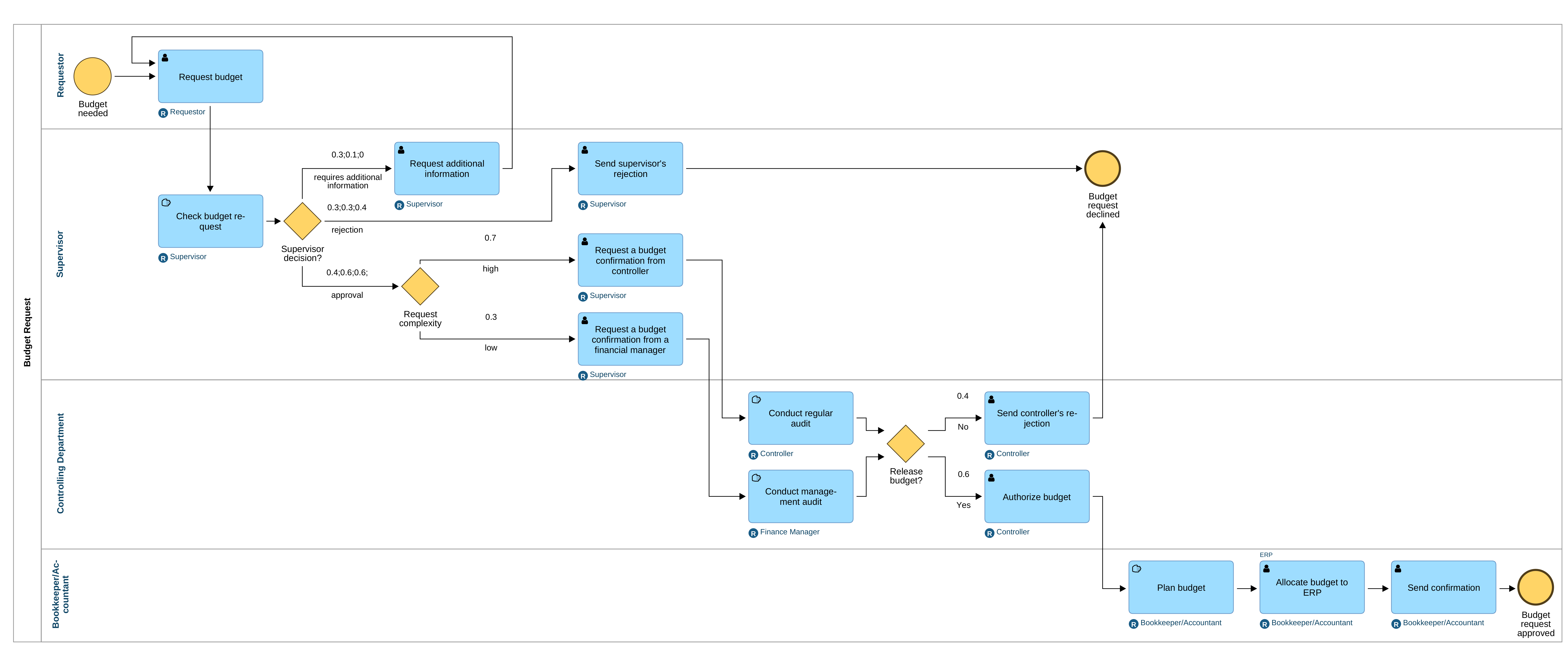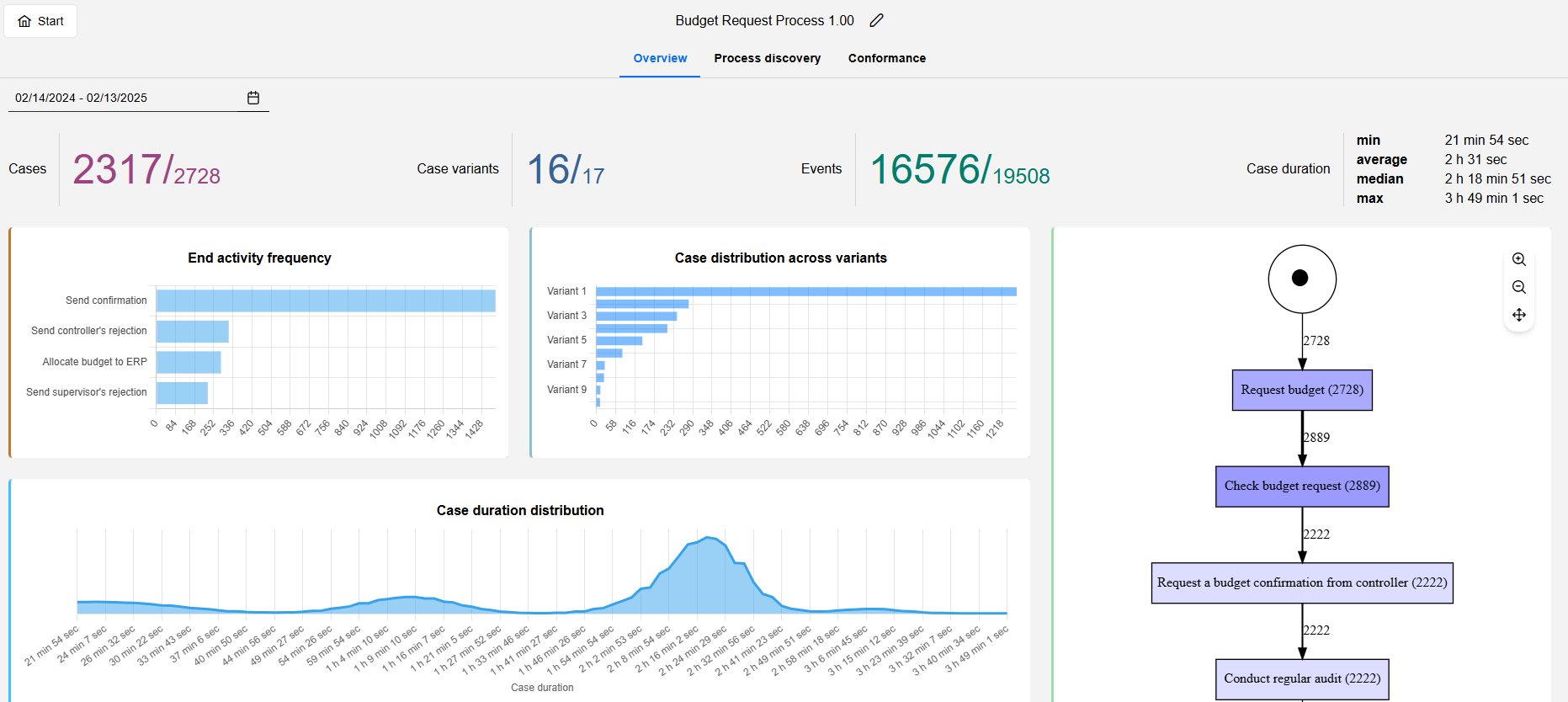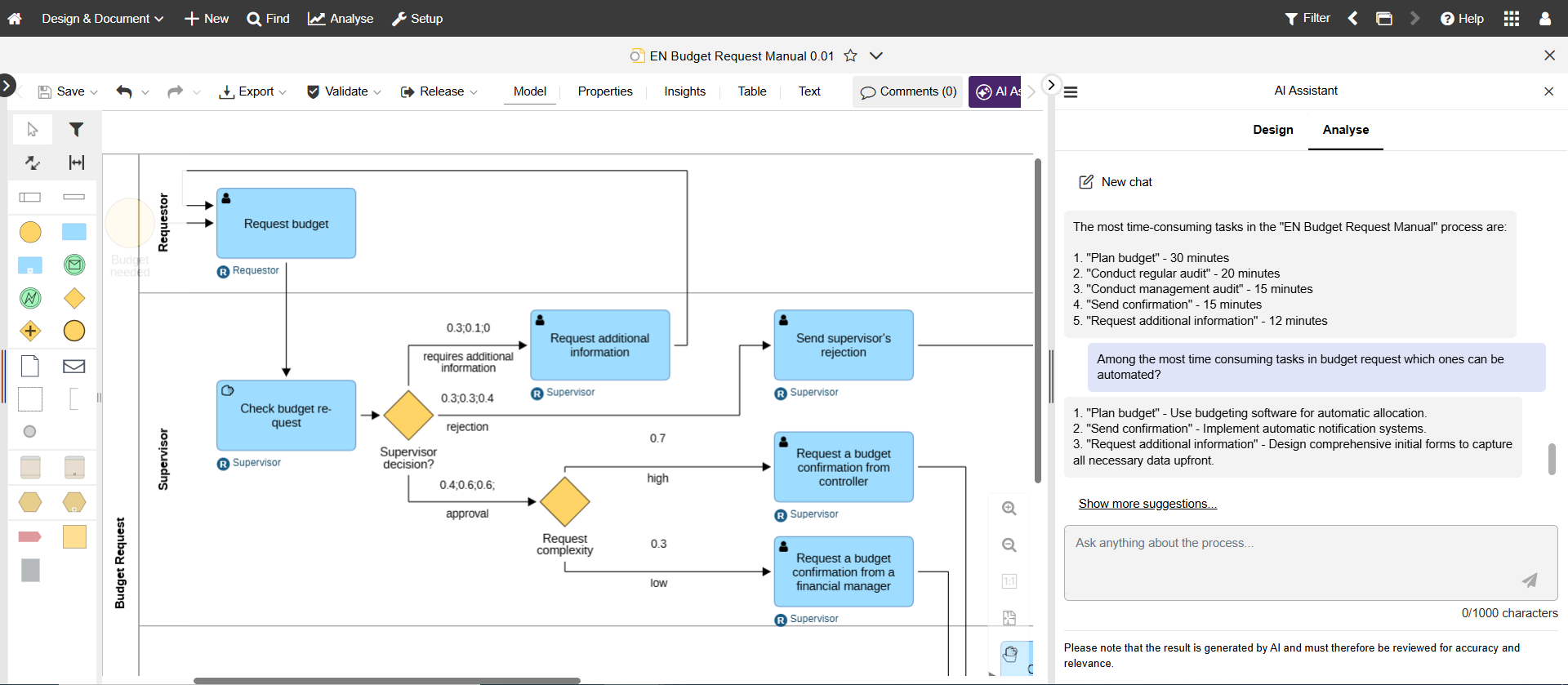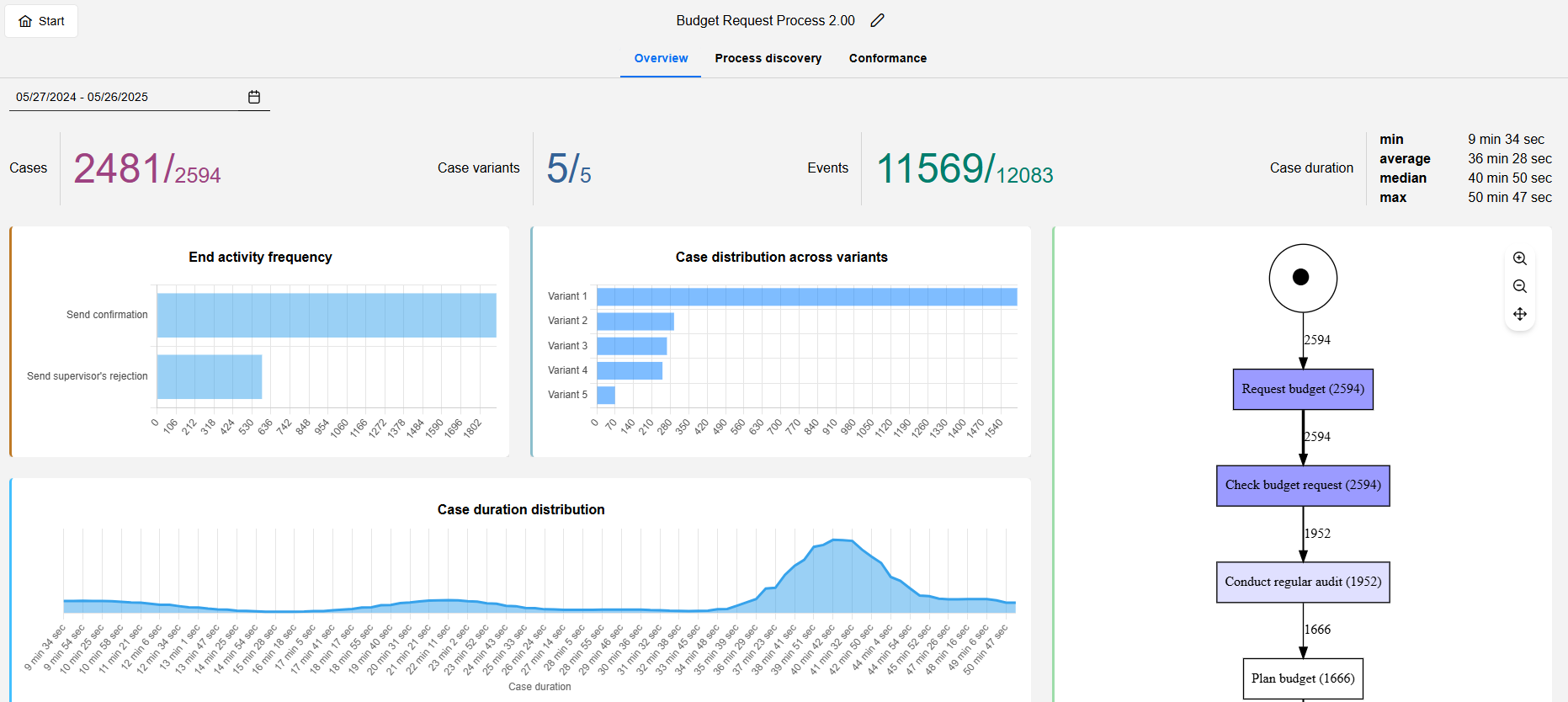Found this helpful? Share it with peers.
Why Most Process Automation Fails
Automation is on nearly every company’s roadmap. The pressure to improve performance has made it a top priority across departments. But despite all the interest, most projects fail to bring the results teams expect.
Instead of solving problems, many automation efforts make them harder to manage. Workflows stay inconsistent. Decisions still rely on manual follow-ups. Some tasks get digitized, but the same delays and confusion remain. The issue is not the technology. It’s the approach. Many teams move ahead without truly understanding what needs to change. They focus on tools instead of causes. That’s when things stall.
At ADONIS team, we take a different path. We start with facts from your real process execution. Then we use that insight to design automation that actually reduces effort. No guesswork. No shortcuts.
In this blog, we demonstrate what a structured automation approach looks like in practice. Using ADONIS for analysis, simulation, mining, and automation, we follow the transformation of a fragmented budget request process into a streamlined, fully automated workflow.
Common Reasons Why Automation Fails
When process automation fails, it’s rarely because of the tools. It’s the approach that falls short. Some of the most common mistakes we see in failed initiatives include the following:
Automating the wrong processes
Some teams rush to automate without checking if the process is actually ready. If the workflow is full of gaps, unclear roles, or extra steps, automating it only makes things worse. Problems that could be fixed manually now become harder to change.
Hint: Learn more about key criteria for identifying good automation candidates in your process portfolio.
Lack of real process insights
Many automation decisions are made without real data. Instead of reviewing how the process actually runs, teams go by how they think it works. That leads to blind spots. Critical delays and inefficiencies remain hidden and carry straight into the automated version.
No measurable goals
Even when the setup is solid, it’s hard to improve what you don’t measure. Without a baseline or target, there’s no way to know if automation made a difference. The project might go live, but the impact stays unclear.
Each of these problems on its own can derail an initiative. Together, they almost guarantee it.
How to Fix Automation Failures with a Data-Driven Approach
The difference between a failed automation attempt and a successful one often comes down to what happens before anything gets automated. When teams base their next steps on actual data, not gut feeling, they make smarter choices and avoid costly detours.
A structured approach brings three practices together:
-
Process analysis – Identify where the process breaks down and spot opportunities to fix it
-
Process simulation – Test the impact of improvements before rolling them out
-
Process mining – Check whether the new process delivers in real life
Curious how this plays out in a real-world scenario? Let’s walk through a case that put this approach to the test.
Automation Case Study: Fixing a Broken Budget Request Process
What happens when you try to manage a core business process through email chains, manual handovers, and untracked decisions? Mistakes pile up, work slows down, and accountability disappears.
The process used in this case reflects a setup many teams still rely on. While manageable in theory, it becomes difficult to execute consistently. Missing input, unclear routing, and manual effort lead to delays and growing inefficiencies.
Typical example of a manual and inefficient process
Curious how ADONIS helped turn things around? Here’s a quick look at what happened:
Step 1: Assess the mess
Before rushing to automate, the team used ADONIS to map what was actually happening. That meant stepping back and analyzing the current state — not just how people thought the process worked, but how it really functioned day to day. Qualitative assessment and process simulation revealed where things fell apart and what it was costing them.
Step 2: Confirm with real-world data
With a clearer picture in hand, they went further. Using process mining, the team validated their findings against execution data. They uncovered silent breakdowns no one had noticed and confirmed which inefficiencies were causing the most harm. What they found reinforced one thing: the process didn’t need a patch. It needed a redesign.
Initial process performance metrics extracted with ADONIS Process Mining Essentials
Step 3: Redesign with automation in mind
Armed with real insights, the team rebuilt the process in ADONIS. The AI Assistant surfaced key automation candidates, many of which matched the team’s priorities. Routine tasks were automated, decisions followed clear rules, and delays caused by handovers disappeared.
Suggestions on automation candidates from ADONIS AI Assistant
Hint: Curious about the ADONIS AI Assistant and other AI-powered capabilities? Explore how ADONIS leverages AI.
Step 4: Validate and improve
Once the new process went live, they didn’t stop. Instead, they monitored it using process mining to ensure that the automation delivered real results — not just in theory, but in daily execution.
Suggestions on automation candidates from ADONIS AI Assistant
Want to see how each phase was handled in detail? The full case study breaks down every step, from initial analysis to the final results. Download it to get a look at the entire transformation process.
The Results: From Failing Automation to Streamlined Execution
The redesigned process brought clear and measurable improvements:
Improved Consistency:
The number of different process paths dropped by over two-thirds, reducing variation and making execution easier to control.
Increased Efficiency:
Annual case duration decreased by almost 100 days, freeing up time and enabling faster handling of requests.
Lower Operational Costs:
Automation cut manual effort significantly, reducing costs by 34% without adding complexity.
Stronger Compliance:
Conformance rates rose from 54% to 76%, ensuring the process followed its intended path and minimizing risk.
Smoother Execution:
The number of logged events dropped by over 30%, signaling fewer redundant steps and a more streamlined flow.
Beyond the numbers, the process became easier to follow. Manual routing and ERP updates were no longer needed. Requests moved through clearly defined paths, with fewer exceptions and better visibility. Mining insights helped catch skipped steps early, and execution stayed closer to the intended design. What used to be a frustrating, invisible process became something everyone could trust and track.
See How ADONIS Makes Automation Work
This transformation didn’t begin with automation. It began with the right insights. By grounding every decision in real process understanding, the team avoided guesswork and made changes that stuck. ADONIS supported the journey end to end – from spotting inefficiencies to building a process that actually delivered.
Want to see how it all came together?
Download the full case study and walk through the entire journey – from first analysis to final results.









